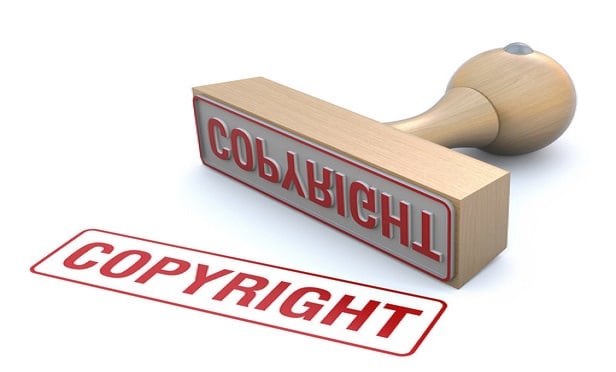Features

Tax Issues In Charitable NIL Collectives In College Sports
With a growing number of donor groups forming Name Image and Likeness collectives as not-for-profit entities, there are questions about whether or not these collectives truly qualify as charitable organizations for tax purposes.
Features

NY Court Strips Major Claims from Lil Wayne's Suit Against Lawyer
A New York State appellate court knocked out major claims from prominent rapper Lil Wayne's $20 million lawsuit against Ronald Sweeney, his former attorney and representative of 13 years, including causes of action for fraudulent inducement, legal malpractice, breach of fiduciary duty and unjust enrichment.
Features

Online Extra: Live Nation Taps Prominent Antitrust Attorney Ahead of Congressional Showdown
Girding itself for scrutiny by Congress and regulators over anti-competitive concerns, Live Nation Entertainment has retained prominent antitrust attorney-turned-lobbyist Seth Bloom.
Columns & Departments
Players On the Move
A look at moves among attorneys, law firms, companies and other players in entertainment law.
Columns & Departments
Bit Parts
Breach-of-Contract Claim Can Continue Over Refusal to Exercise Option to Retain Anti-Vaccination Actress California Court Rules on Intersection Between Anti-SLAPP Law and Movie Trailer
Features

Copyright Claims Board: Now Entering the "Active Phase"
2023 is shaping up to be a big year for small claims. Since making its debut in June of 2022, the Copyright Claims Board (CCB) has received over 250 claims, and at least 11 have made it to the "active phase," with more on the way. Active phase means a respondent was served, failed to "opt out," and now the esteemed three-member tribunal of copyright experts may finally get a chance to make some rulings.
Features

The NFT Market and Fallout from the FTX Scandal
The FTX bankruptcy scandal that has shaken the largely unregulated cryptocurrency world has slowed but isn't likely to end the roll-out of celebrity-related, non-fungible digital token (NFT) offerings. But how might the FTX story impact a push for federal regulation of the NFT market?
Columns & Departments
Fresh Filings
A look at moves among attorneys, law firms, companies and other players in entertainment law.
Columns & Departments
Players On the Move
A look at moves among attorneys, law firms, companies and other players in entertainment law.
Need Help?
- Prefer an IP authenticated environment? Request a transition or call 800-756-8993.
- Need other assistance? email Customer Service or call 1-877-256-2472.
MOST POPULAR STORIES
- Use of Deferred Prosecution Agreements In White Collar InvestigationsThis article discusses the practical and policy reasons for the use of DPAs and NPAs in white-collar criminal investigations, and considers the NDAA's new reporting provision and its relationship with other efforts to enhance transparency in DOJ decision-making.Read More ›
- The DOJ's New Parameters for Evaluating Corporate Compliance ProgramsThe parameters set forth in the DOJ's memorandum have implications not only for the government's evaluation of compliance programs in the context of criminal charging decisions, but also for how defense counsel structure their conference-room advocacy seeking declinations or lesser sanctions in both criminal and civil investigations.Read More ›
- The DOJ's Corporate Enforcement Policy: One Year LaterThe DOJ's Criminal Division issued three declinations since the issuance of the revised CEP a year ago. Review of these cases gives insight into DOJ's implementation of the new policy in practice.Read More ›
- Don't Sleep On Prohibitions on the Assignability of LeasesAttorneys advising commercial tenants on commercial lease documents should not sleep on prohibitions or other limitations on their client's rights to assign or transfer their interests in the leasehold estate. Assignment and transfer provisions are just as important as the base rent or any default clauses, especially in the era where tenants are searching for increased flexibility to maneuver in the hybrid working environment where the future of in-person use of real estate remains unclear.Read More ›
- Developments in Distressed LendingRecently, in two separate cases, secured lenders have received, as part of their adequate protection package, the right to obtain principal paydowns during a bankruptcy case.Read More ›
